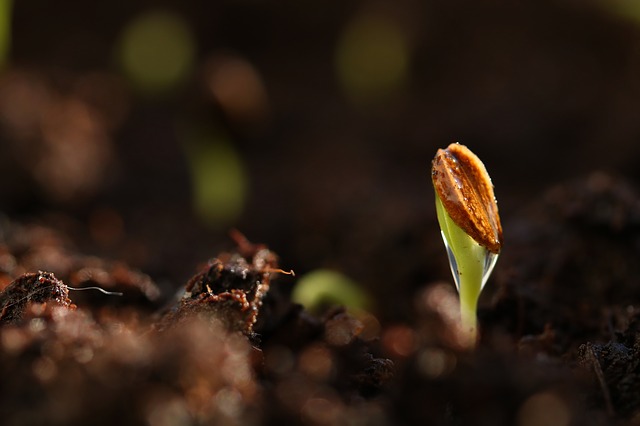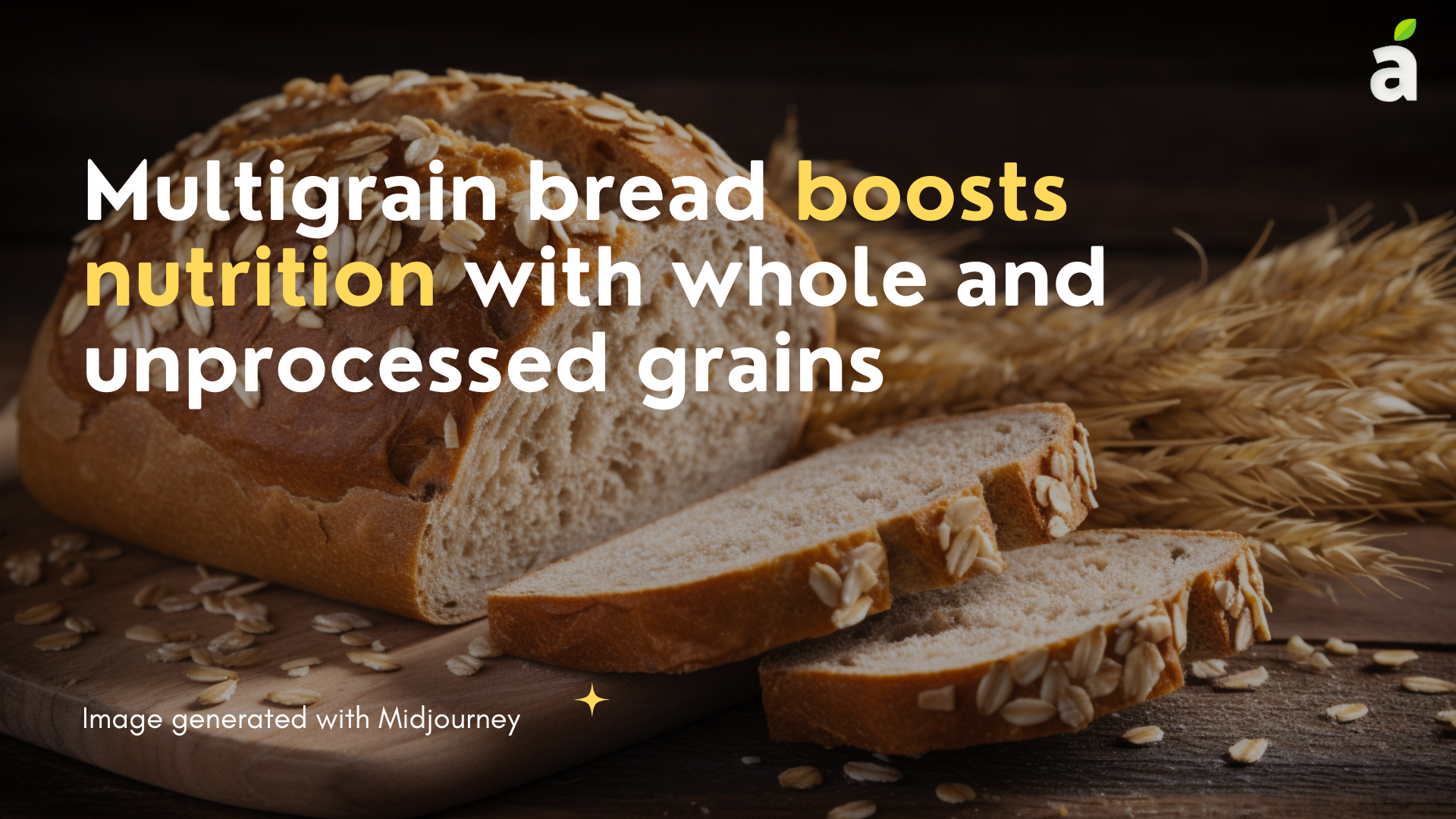Published Date January 24, 2003
The germination of the seed
By Hetvi Shah
3 min read
Last update date: January 24, 2003
It is expected of women to take the utmost care during pregnancy. They are given a list of do’s and don’ts during pregnancy and even after delivery

Unlike women, there are no changes that the soil has to go through that indicate the presence of a slowly transitioning seed. Except, that it has to make space for the seed to keep growing.
Generally, it is expected of women to take the utmost care during pregnancy. They are given a list of do’s and don’ts during pregnancy and even after delivery. Only a few of them are accurate. But what about the physiological changes that they go through during pregnancy?
Every woman has some knowledge about pregnancy and is aware of what comes along. But a wide-angle look at it will give you a better idea.
What is pregnancy?
The time when the seed is allowed to settle inside the soil and germinate is similar to pregnancy.
A period when a foetus develops inside a woman’s womb or uterus is termed pregnancy. It usually lasts about 40 weeks or 9 months from the last menstrual cycle to the delivery. These 9 months are divided into three segments that are called trimesters of pregnancy.
Pregnancy is a time of significant physiological stress for women as they have to nurture a growing fetus inside their bodies. Fetal development is accompanied by many changes. These changes influence the need for nutrients and the efficiency with which the body absorbs and uses them.[1]
Now, most women would know the physiological changes their body would go through during pregnancy, but let’s see how these changes affect the body's functioning.
Physiological changes
There is no way we can observe the changes while the seed is germinating. However, it is going to become a lovely plant and a beautiful flower will later bloom on it. Whereas, during pregnancy, we can keep a tab on the changes occurring (foetal as well as physiological).
Physiological changes are like indicators of pregnancy. A few of them are as follows:
1. Increase in basal metabolic rate (BMR) -
Fetal growth increases the basal metabolic rate. It increases up to 5% during the first trimester and up to 12% during the other two trimesters. The rise in BMR is higher in the last two trimesters because fetal growth is very high.
2. Gastrointestinal changes -
During pregnancy, gastrointestinal functions get altered. Nausea, vomiting, and constipation are some of the common symptoms every woman goes through. The acid secretion in the stomach is less and it results in heartburn and vomiting. This becomes more pronounced as the pregnancy progresses.
Some women even crave strange things such as clay, starch, sawdust, etc. This habit is known as ‘PICA’.
3. Change in body fluids -
By the end of pregnancy, there is nearly a 40% rise in blood volume. The additional blood flow is necessary to carry nutrients to the fetus and metabolic wastes away from the fetus. The increase in blood volume lowers the concentration of plasma proteins, haemoglobin, and other blood constituents.
The haemoglobin level drops from 12-13 g/dL to about 11 g/dL despite the increase in total haemoglobin content. Hence, during pregnancy, normal haemoglobin levels are 11g/100 ml. This makes the mother anaemic (a condition where the red blood cells are extremely low).
4. Altered renal function -
Waste materials like urea and creatinine are produced more frequently during pregnancy. This results from the pregnancy's effects on both the mother's and the foetus's metabolisms.
To aid in the removal of these waste products, the rate of blood flow through the kidneys increases. It also increases the rate of waste filtration in the kidneys.
5. Change in weight -
For a healthy woman with an average body weight, the weight gain during pregnancy is approximately 11–13 kg. Younger women gain more weight during pregnancy than older women, and first-time mothers gain the most weight overall.[2]
Hormonal changes
Among the many hormones that play a role during pregnancy, progesterone and estrogen are the two hormones that play major roles.
1. Progesterone -
The main purpose of progesterone is to relax the smooth muscles of the uterus. It aids in expanding the uterus to accommodate the growing fetus. It has a relaxing effect on other smooth muscles in the body as well including the muscles inside the gastrointestinal tract improving their mobility and efficiency.
However, this can even lead to constipation which is more commonly experienced by pregnant women. It also induces maternal fat deposition and increases renal sodium excretion.
2. Oestrogen -
During the early months of pregnancy, the secretion of estrogen is less than that of progesterone. It increases greatly after the 100th day of pregnancy. It helps the uterus grow, maintains the uterine lining, regulates other key hormones, and triggers the development of the baby’s organs. When it comes to breastfeeding, estrogen promotes the growth of breast tissues and helps milk flow.
3. Other hormonal changes -
In addition to the secretion of hormones that prepare the body for pregnancy. There are a few hormonal changes that have nutritional implications. These include the secretion of;
- Aldosterone (the salt-conserving hormone) by the adrenal glands
- Growth hormone by the pituitary gland
- Thyroxin by the thyroid gland (regulates body metabolism and increases the uptake of iodide)
- Perathormone by the parathyroid gland (regulates calcium, phosphorous, and magnesium metabolism).[2]
Takeaway
Pregnancy brings a lot of changes to a woman’s body. Among them, the physiological and hormonal changes probably make the most impact. Habits and lifestyle choices play a massive role in how the pregnancy goes. It is absolutely critical for the mother to make the required lifestyle and nutritional changes. To know more about the nutritional changes and risk factors associated with pregnancy, read through our other blogs from the pregnancy series.
References
- https://www.whattoexpect.com/pregnancy/pregnancy-health/pregnancy-hormones.aspx#:~:text=Along%20with%20progesterone%2C%20estrogen%20is,the%20development%20of%20baby's%20organs.
- Textbook of Nutrition and Dietetics - second edition
Keep reading

From Seed to Fruit: The Power of Watermelon
By Naurin Ansari

The Dark Side of Chocolate
By Hetvi Shah

The Marvels of Multigrain Bread
By Naurin Ansari

Unlocking the Secrets of Cholesterol
By Naurin Ansari
Choose Healthy With Us.
Know the real truth about your food. Stay informed and healthy, for free.

Download the App Now
Certified nutritionists trust our food recommendations. Safe to say, so can you :)










